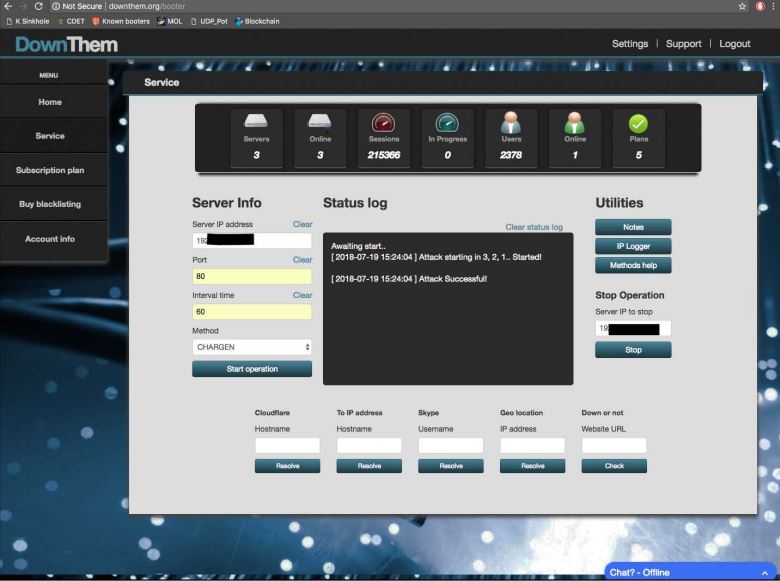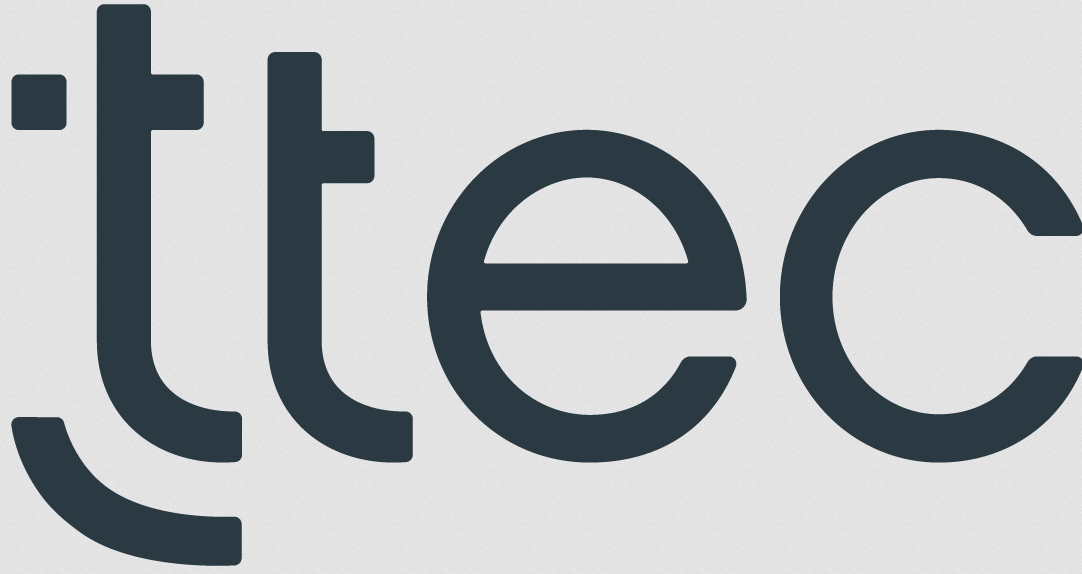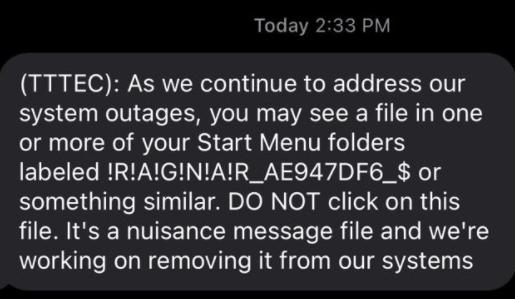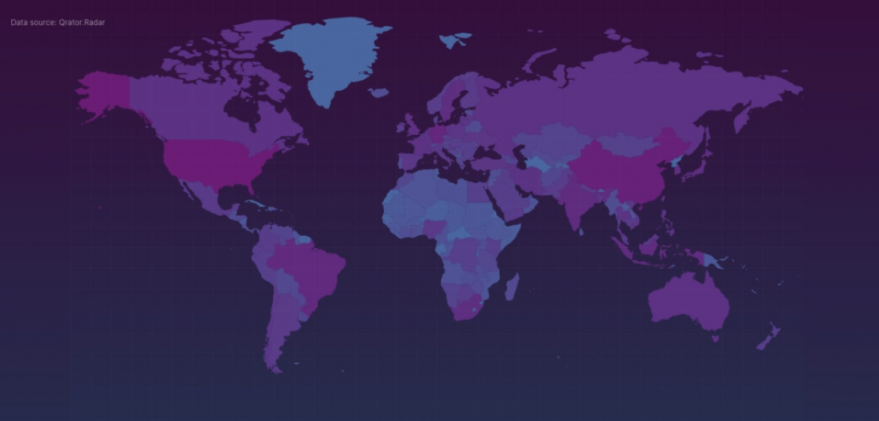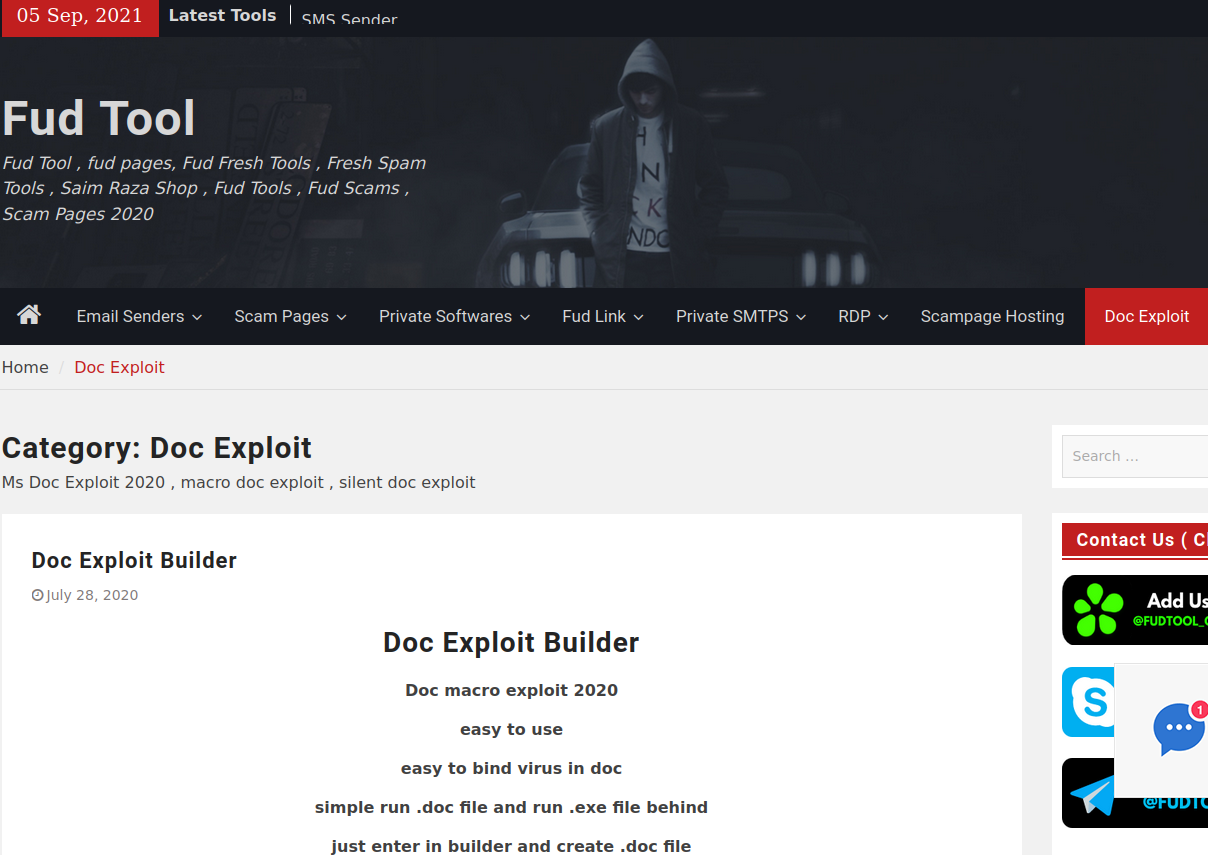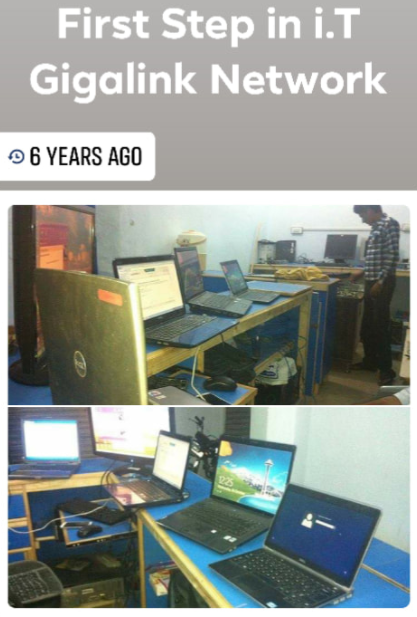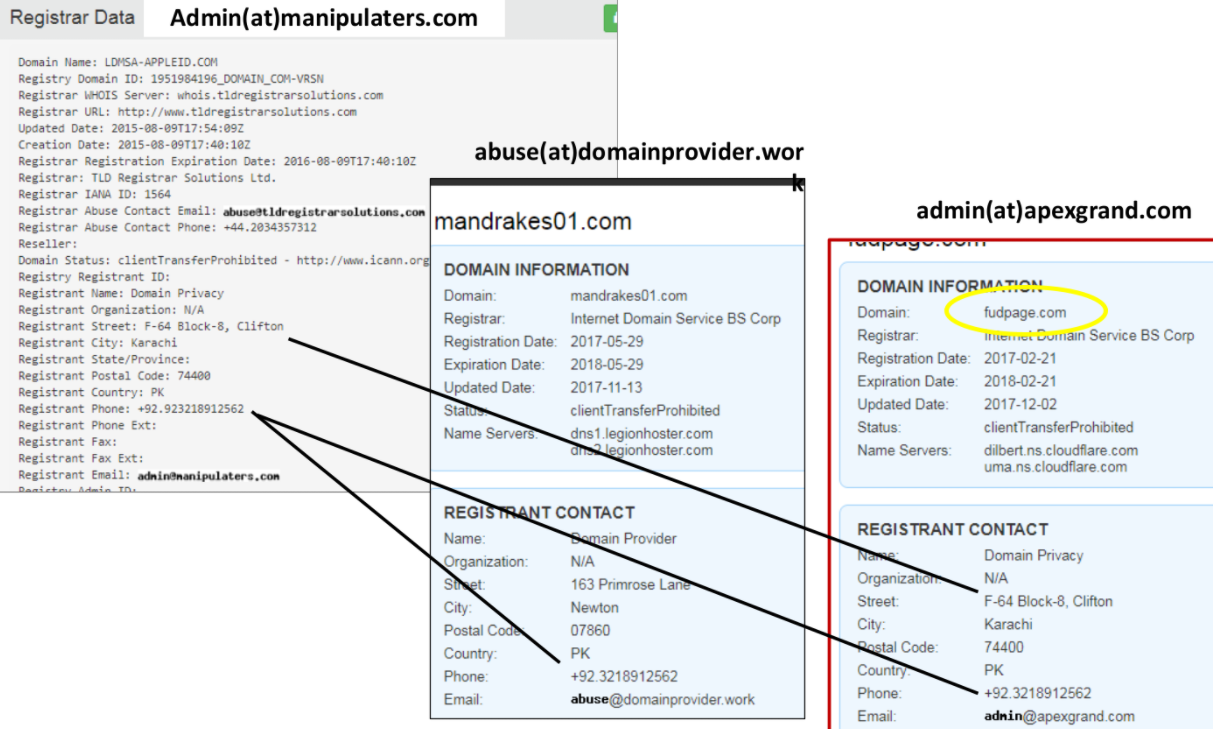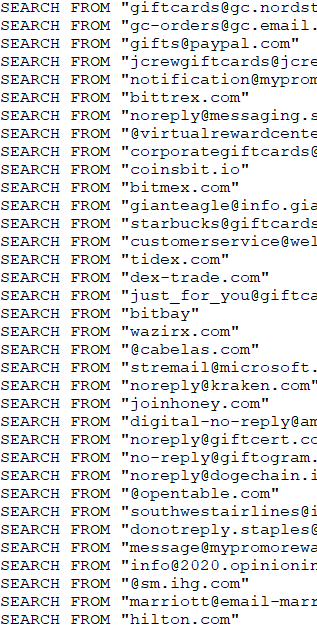It happens all the time: Organizations get hacked because there isn’t an obvious way for security researchers to let them know about security vulnerabilities or data leaks. Or maybe it isn’t entirely clear who should get the report when remote access to an organization’s internal network is being sold in the cybercrime underground.
In a bid to minimize these scenarios, a growing number of major companies are adopting “Security.txt,” a proposed new Internet standard that helps organizations describe their vulnerability disclosure practices and preferences.
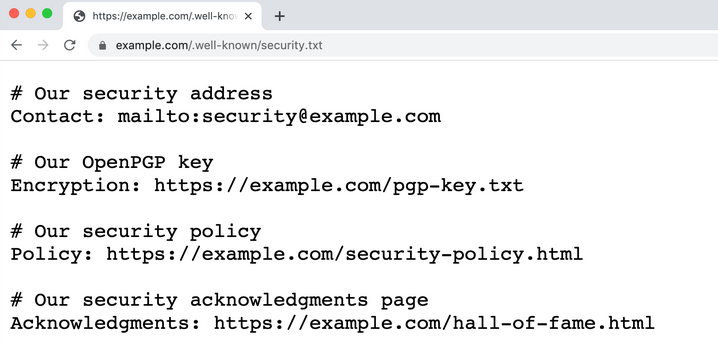
An example of a security.txt file. Image: Securitytxt.org.
The idea behind Security.txt is straightforward: The organization places a file called security.txt in a predictable place — such as example.com/security.txt, or example.com/.well-known/security.txt. What’s in the security.txt file varies somewhat, but most include links to information about the entity’s vulnerability disclosure policies and a contact email address.
The security.txt file made available by USAA, for example, includes links to its bug bounty program; an email address for disclosing security related matters; its public encryption key and vulnerability disclosure policy; and even a link to a page where USAA thanks researchers who have reported important cybersecurity issues.
Other security.txt disclosures are less verbose, as in the case of HCA Healthcare, which lists a contact email address, and a link to HCA’s “responsible disclosure” policies. Like USAA and many other organizations that have published security.txt files, HCA Healthcare also includes a link to information about IT security job openings at the company.
Having a security.txt file can make it easier for organizations to respond to active security threats. For example, just this morning a trusted source forwarded me the VPN credentials for a major clothing retailer that were stolen by malware and made available to cybercriminals. Finding no security.txt file at the retailer’s site using gotsecuritytxt.com (which checks a domain for the presence of this contact file), KrebsonSecurity sent an alert to its “security@” email address for the retailer’s domain.
Many organizations have long unofficially used (if not advertised) the email address security@[companydomain] to accept reports about security incidents or vulnerabilities. Perhaps this particular retailer also did so at one point, however my message was returned with a note saying the email had been blocked. KrebsOnSecurity also sent a message to the retailer’s chief information officer (CIO) — the only person in a C-level position at the retailer who was in my immediate LinkedIn network. I still have no idea if anyone has read it.
Although security.txt is not yet an official Internet standard as approved by the Internet Engineering Task Force (IETF), its basic principles have so far been adopted by at least eight percent of the Fortune 100 companies. According to a review of the domain names for the latest Fortune 100 firms via gotsecuritytxt.com, those include Alphabet, Amazon, Facebook, HCA Healthcare, Kroger, Procter & Gamble, USAA and Walmart.
There may be another good reason for consolidating security contact and vulnerability reporting information in one, predictable place. Alex Holden, founder of the Milwaukee-based consulting firm Hold Security, said it’s not uncommon for malicious hackers to experience problems getting the attention of the proper people within the very same organization they have just hacked.
“In cases of ransom, the bad guys try to contact the company with their demands,” Holden said. “You have no idea how often their messages get caught in filters, get deleted, blocked or ignored.” Continue reading




